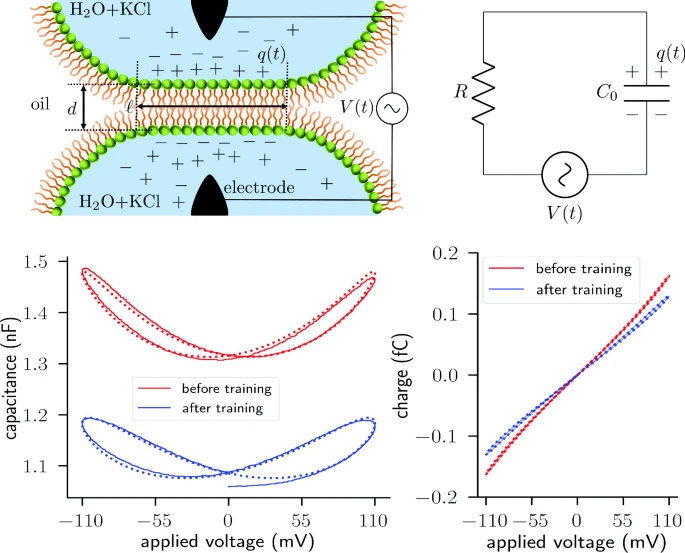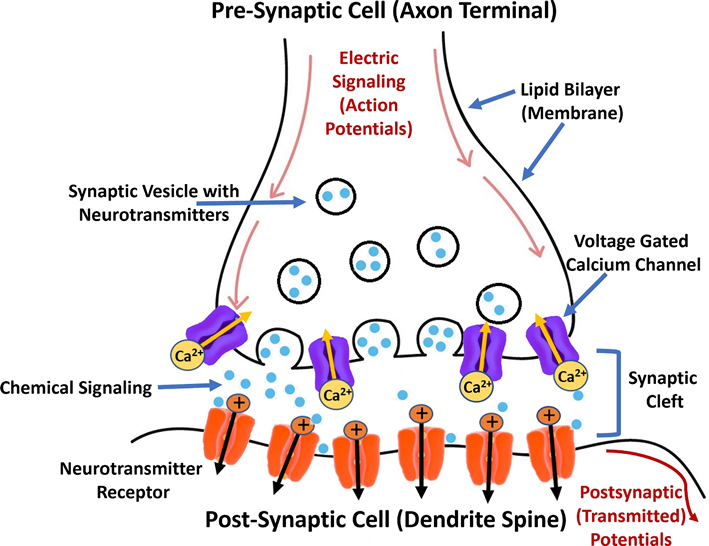January 12, 2024

Scientific Achievement
We demonstrated that electrical stimulation can modify the characteristics of the lipid membrane, indicating a novel mechanism for storing memory in the human brain.

Significance and Impact
Neuronal membranes in the brain facilitate the transmission of electrical signals, allowing communication between nerve cells. Lipid bilayers, essential structures in cell membranes, undergo deformation and restructuring in response to this electrical activity. These alterations influence the electromechanical characteristics of the membrane, serving as a physical repository for biological memory.
Research Details
- Applying cyclic electric fields to phospholipid membranes induces enduring changes, evident in the sustained long-term potentiation (LTP).
- The molecular mechanisms driving long-term potentiation (LTP) in phospholipid membranes are governed by collective molecular motions, including phonons and membrane surface undulations.
- LTP in phospholipid membranes is the new mechanism for memory storage.
Related Publication: Bolmatov, D.. et. al. (2024). Physical Insights Into Biological Memory Using Phospholipid Membranes. European Physical Journal, E, 2024. https://link.springer.com/article/10.1140/epje/s10189-023-00391-7
